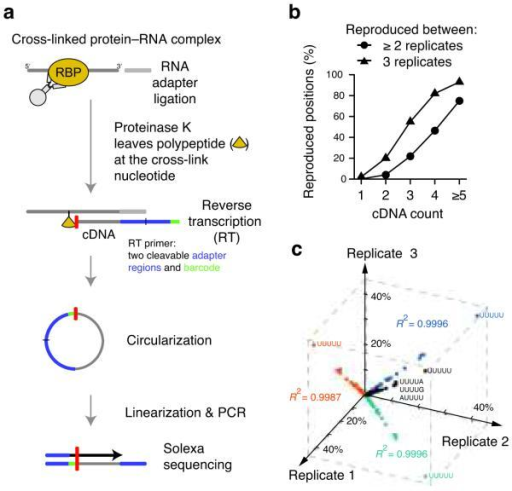

Second-generation VP, referred to as digital light projection, uses a rapid sequence of projected UV images that span the entire XY plane of a bath containing a liquid resin in a single exposure. In first-generation VP, also known as stereolithography, a bath containing a single liquid resin is photocured spatioselectively by a scanning laser point source. Ultraviolet (UV)–curable liquid resin–based additive manufacturing (AM) can broadly be divided into three generations of vat photopolymerization (VP) ( 1) and material jetting (MJ). We characterize the process parameters governing iCLIP and demonstrate use cases for rapidly printing carbon nanotube–filled composites, multimaterial features with length scales spanning several orders of magnitude, and lattices with tunable moduli and energy absorption. Through this mass transport control, injection continuous liquid interface production, or iCLIP, can accelerate printing speeds to 5- to 10-fold over current methods such as CLIP, can use resins an order of magnitude more viscous than CLIP, and can readily pattern a single heterogeneous object with different resins in all Cartesian coordinates. The method exploits a continuous liquid interface-the dead zone-mechanically fed with resin at elevated pressures through microfluidic channels dynamically created and integral to the growing part. To this end, we introduce a previously unexplored ultraviolet-based photopolymerization three-dimensional printing process. In additive manufacturing, it is imperative to increase print speeds, use higher-viscosity resins, and print with multiple different resins simultaneously.


 0 kommentar(er)
0 kommentar(er)
